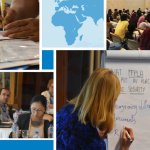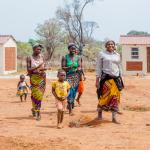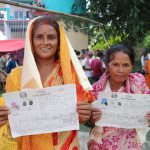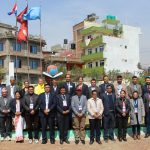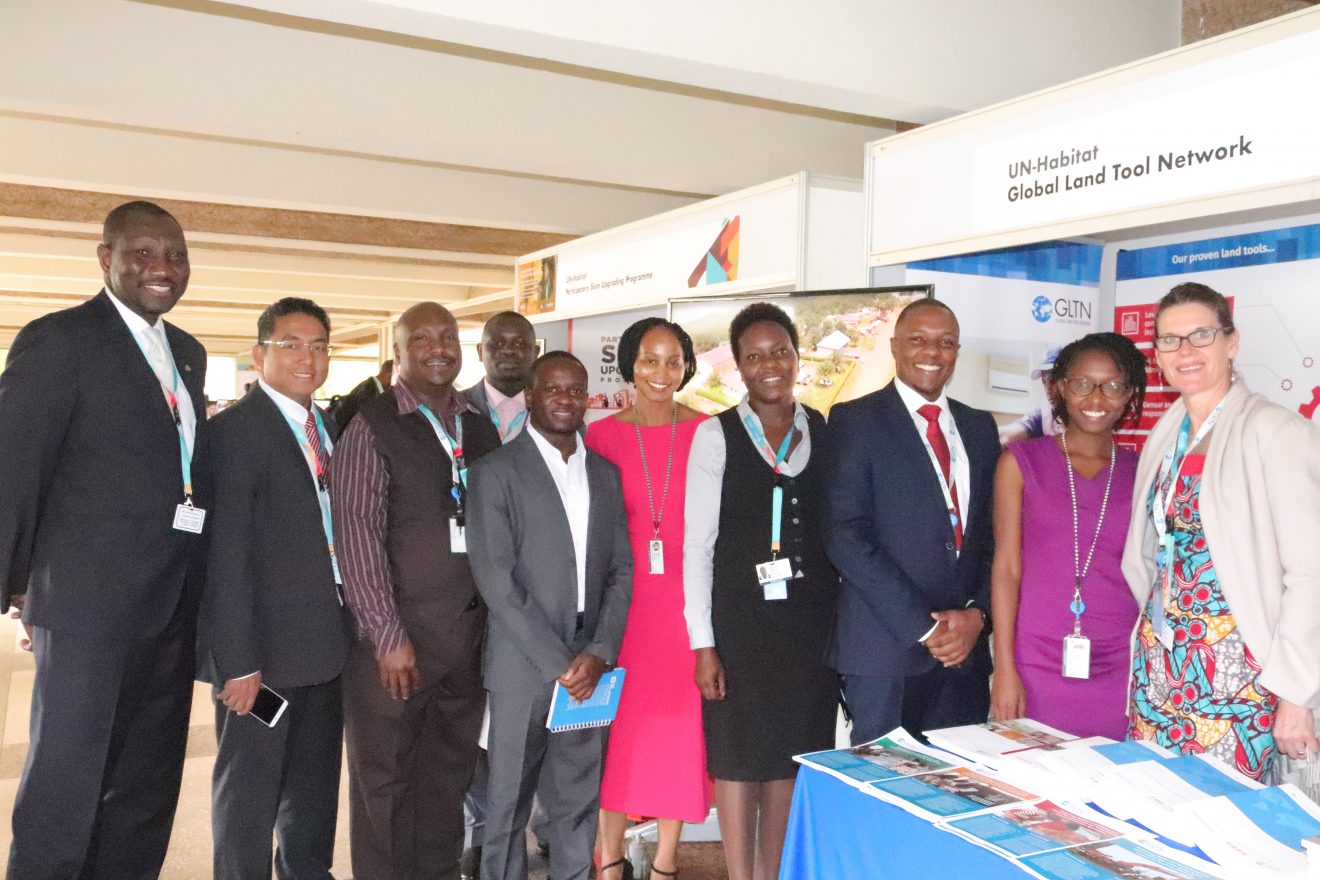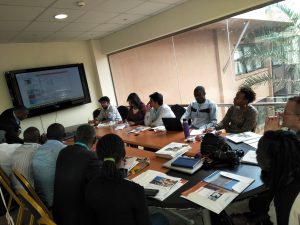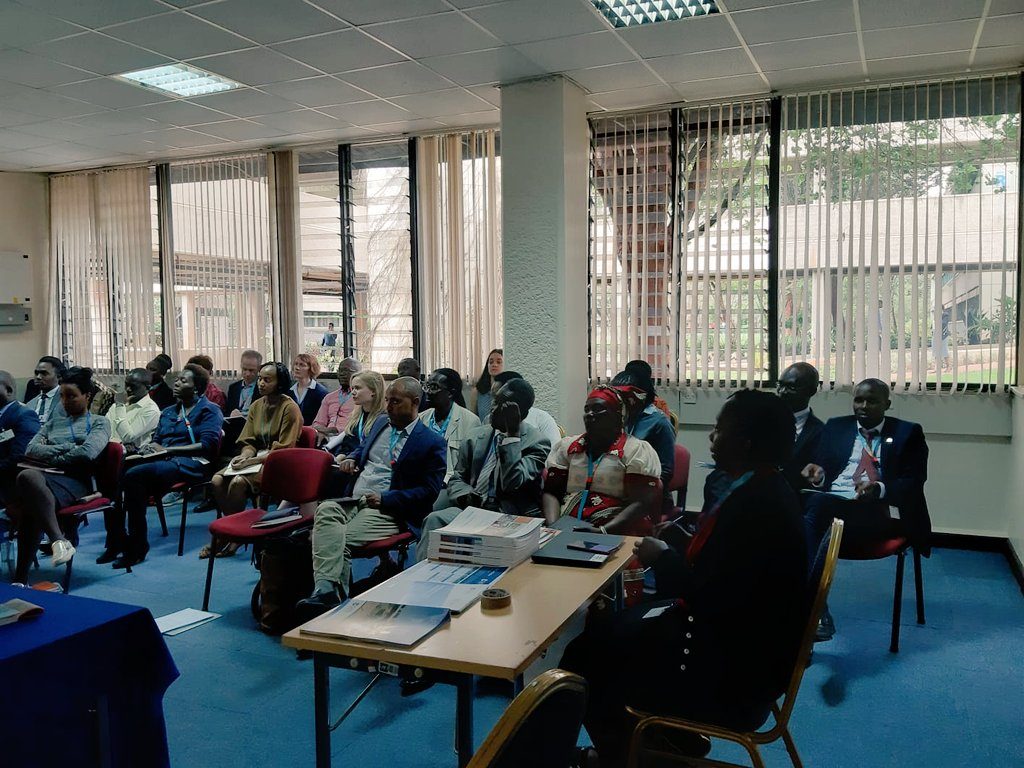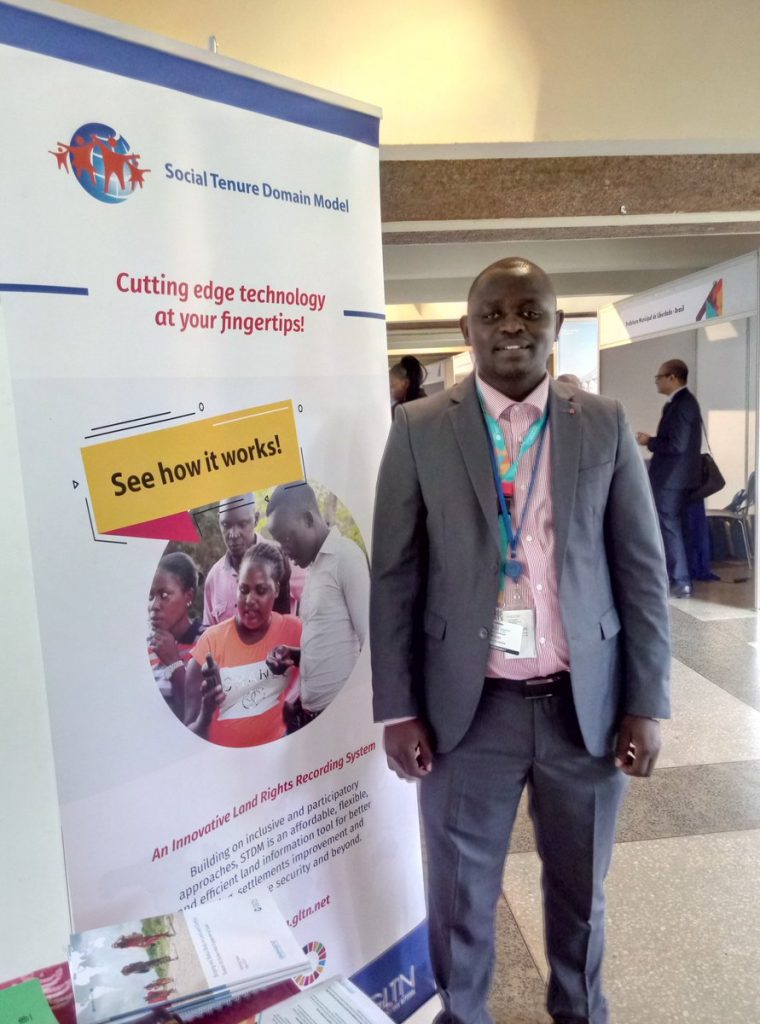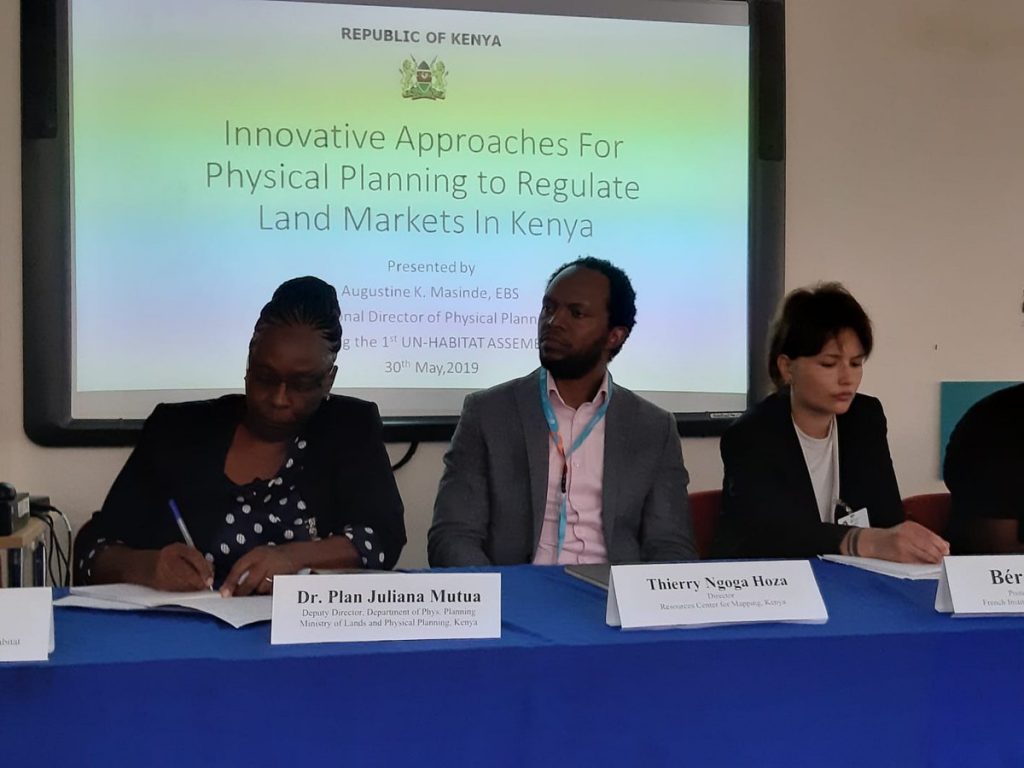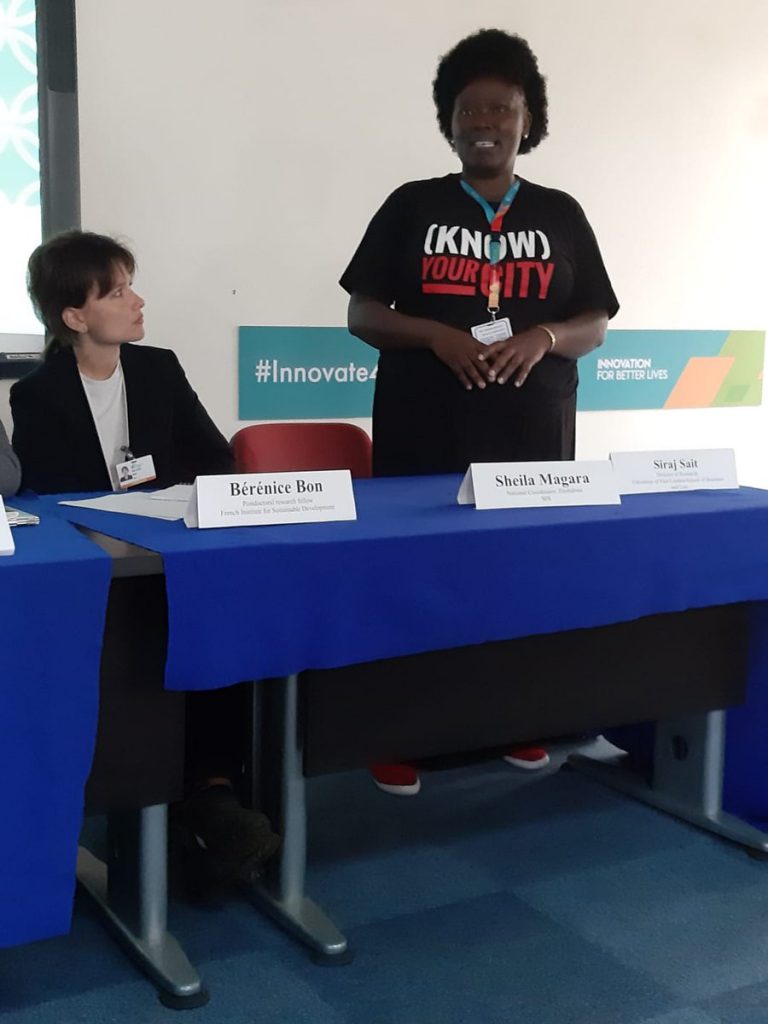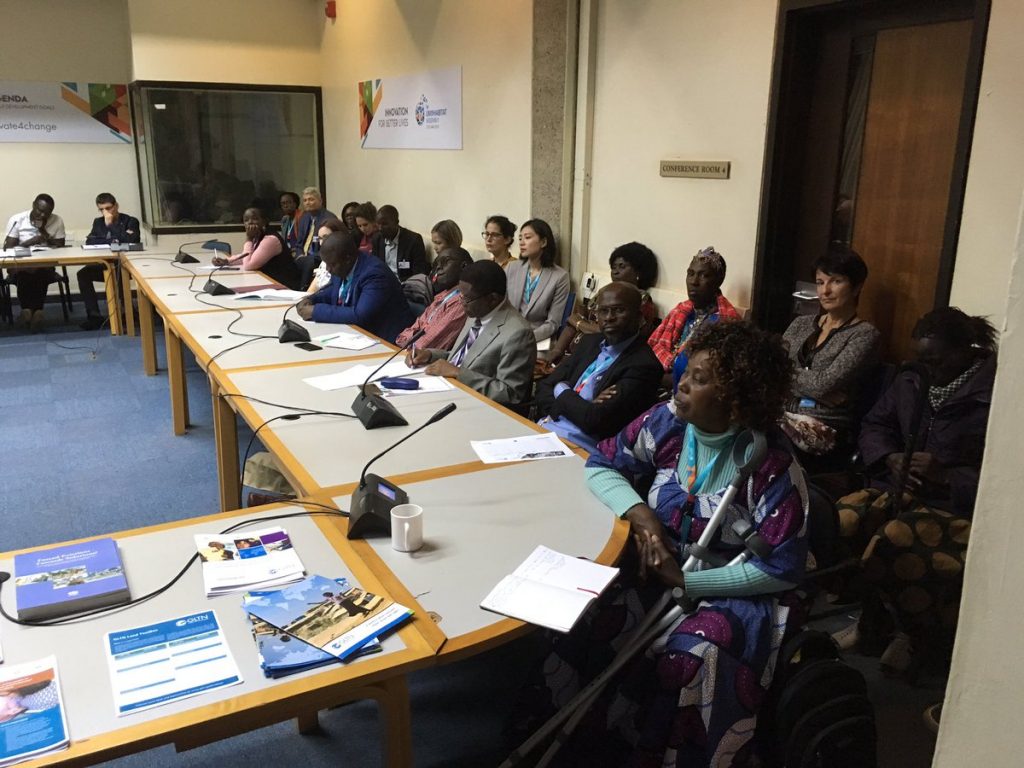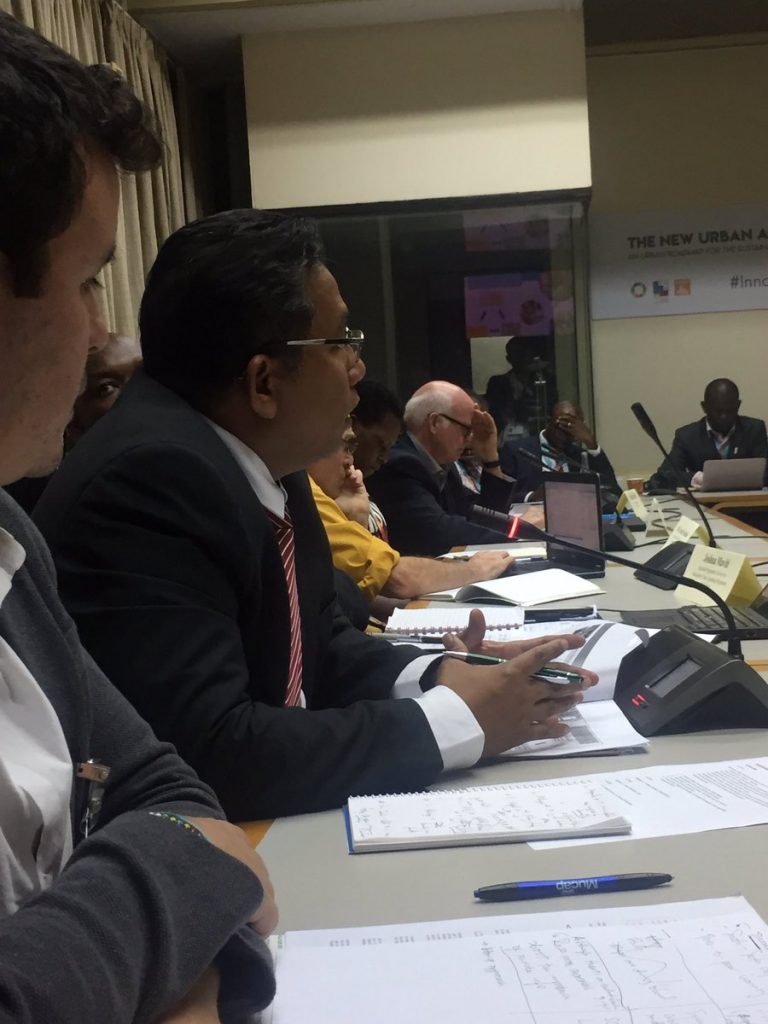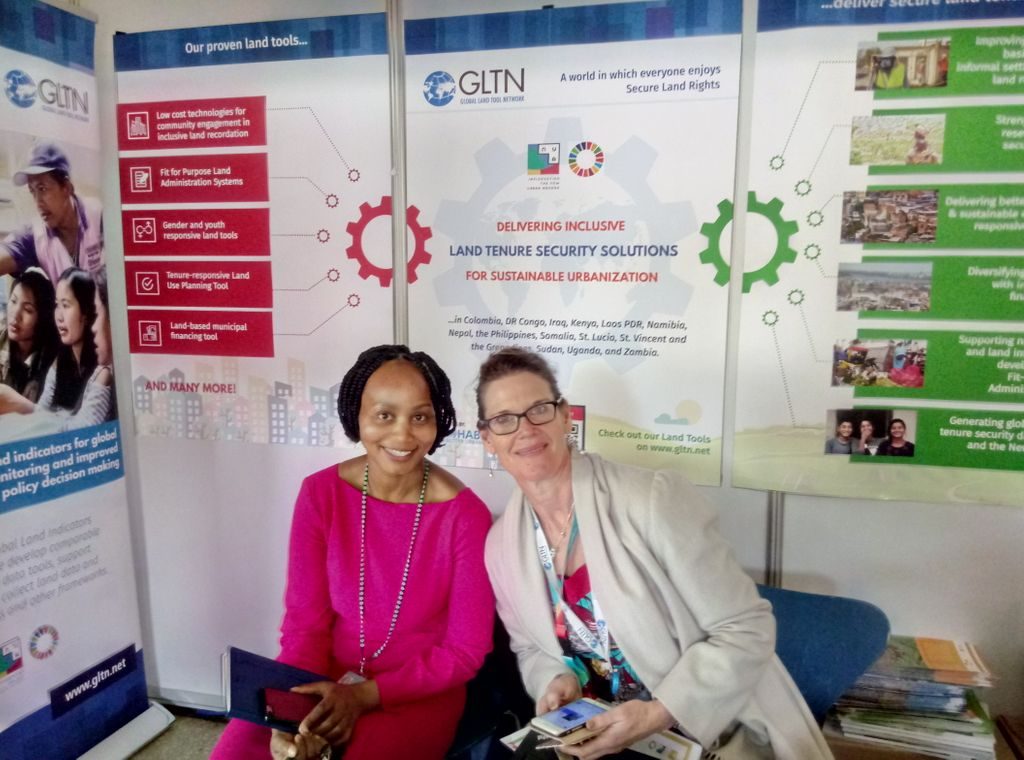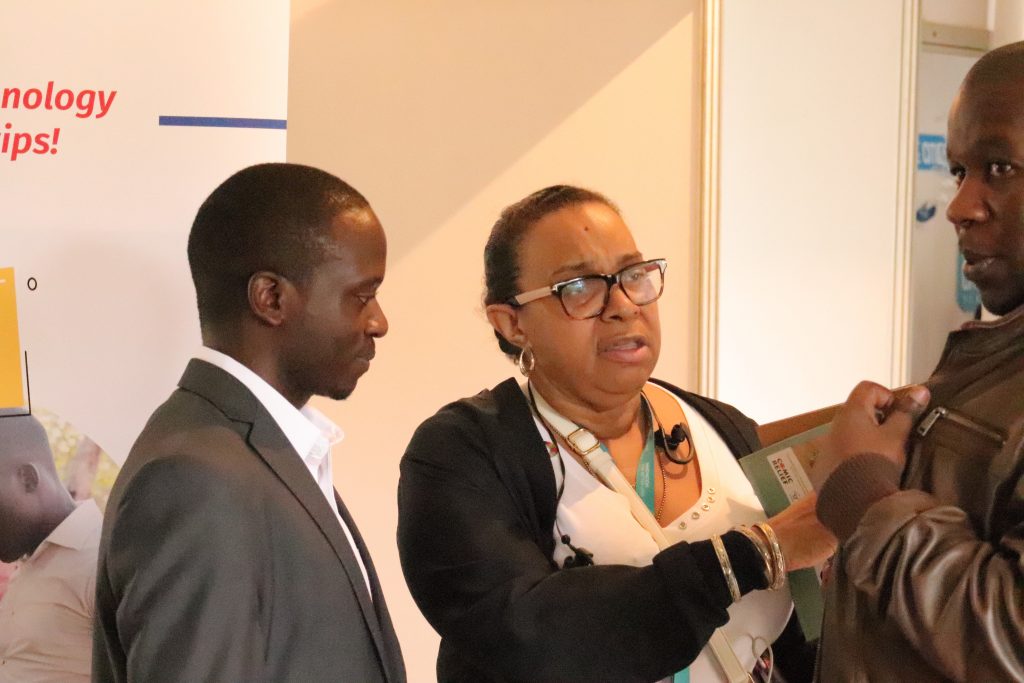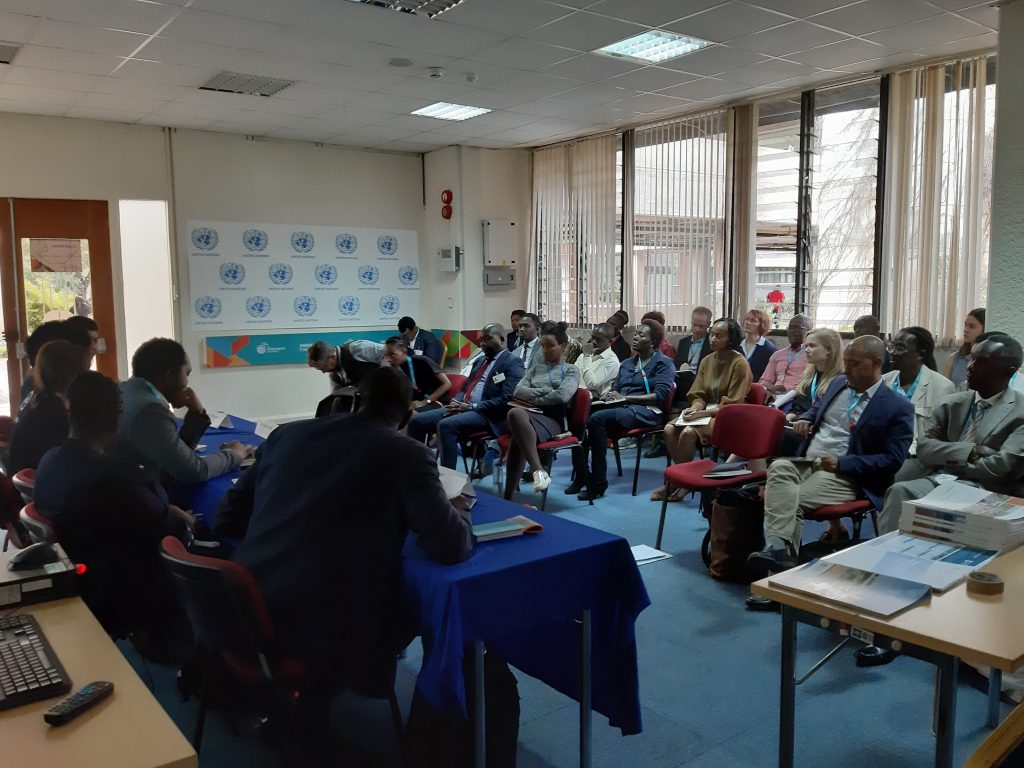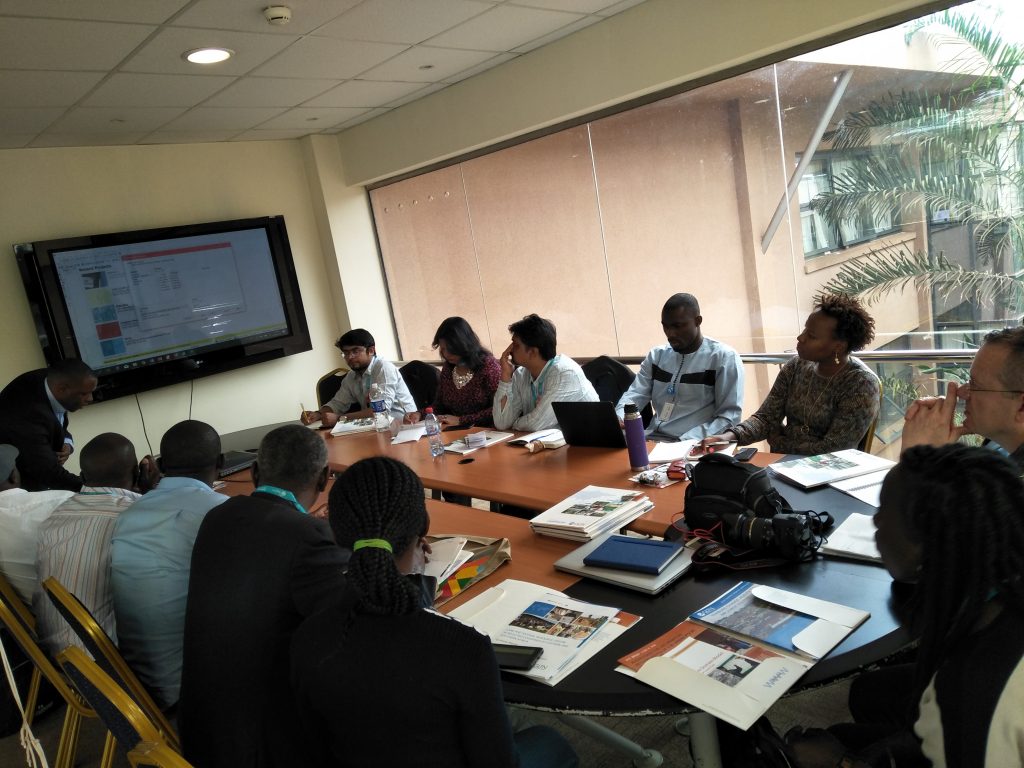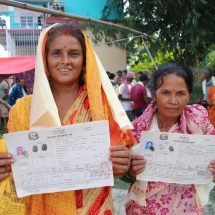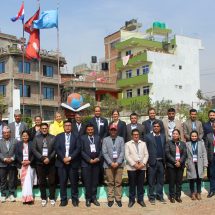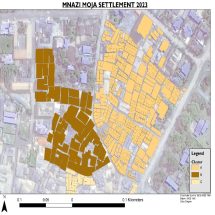The First UN Habitat Assembly| 27-31st May | UN-Habitat Headquarters, Nairobi, Kenya
The first ever UN-Habitat Assembly concluded successfully last week attended by over 3,500 participants from all sectors.
Side event discussions and feedback from various stakeholders makes clear that land and tenure security remain critical dimensions of the sustainable urbanization. As GLTN Leader Oumar Sylla noted, the land agenda underpins nearly all urban challenges and opportunities. Cities Alliance director Billy Cobbett added that not getting the land markets right in urban contexts, destroys their future prosperity – Land is a precondition to resolving the challenges of urbanization.
GLTN was active in a number of events during the assembly and the highlights from these events summarized below:
Press conference: the Secretary Generals’ Guidance Note on Land and Conflict
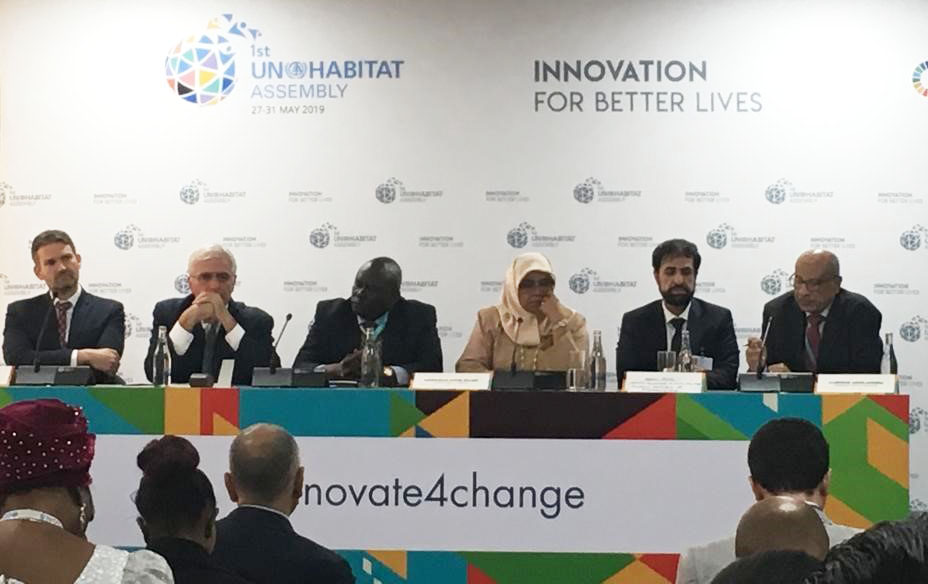
UN-Habitat and GLTN held a press conference on the first day of the UN-Habitat Assembly hosted by the Executive Director of UN-Habitat Maimunah Mohd Sharif and with high level speakers on the panel including Mabrouk Abdelmoneim, Sudan and League of Arab States; Abdul Popal, Afghanistan Ministry of Municipalities; Gabor Beszterczey, Office of Special Envoy for the Great Lakes Region, Louis Akolith, South Sudan, Ministry of Lands, Housing and Urban Development and Tim Christophersen, UN Environment.
The speakers spoke passionately about the centrality of land and tenure security when considering both conflict prevention and post conflict peace. It was clear that the UN will benefit greatly from the newly endorsed Guidance Note. As the representative from the League of Arab States noted ‘the Guidance Note will be a good platform to address these and it can be presented and discussed at the next Arab Land Conference’. Partners committed to work in closer collaboration to address land and conflict nexus’ challenges, including those related to environment, governance and capacity.
Side event: Community Drive Data to create Resilient Cities – improving the lives of slums dwellers and delivering on the SDG’s and NUA through tenure security.
This side event represented a collaboration between GLTN Partners SDI, Cities Alliance and other stakeholders who have also used GLTN tools including UN-Habitat’s Participatory Slum Upgrading Programme (PSUP) and TECHO.
The event reinforced the value of community data. The inclusive design and data collection processes are often the first time all local residents are included and recognized in a planning process. It is also often the first time that other stakeholders, including local authorities, have such compressive data sets available to them. This is the power of inclusive processes. As Sarah Nandudu from SDI Uganda commented “communities can work collectively together and gather key data about everyone and with this information, they transform their communities – that’s the beauty of bringing people together””
The event also highlighted the potential of the data and inclusive processes for upscaling to build comprehensive, city wide data sets.
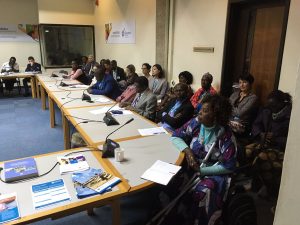
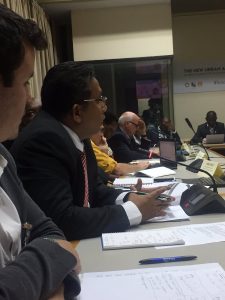
The speakers made clear that these inclusive methods of data collection are tried and tested with a track record to generate positive change as all stakeholders are involved and useful knowledge for planning is gained. Additionally, the inclusive process is cost effective. This is particularly the case when community mapping and enumeration exersizes using lo- cost technologies such as GLTN’s Social Tenure Doman Model (STDM) which is practical and easy to use and train community members to use. STDM also feeds easily into planning systems for effective use by local authorities. As GLTN country coordinator Danilo Antonio concluded, this type of information is “powerful” but the fact that it’s “shared information”, available to all, makes it even more powerful and indeed, impactful.
The session concluded making clear that all stakeholders, including government, now have the tools and know how, especially in relation to tenure security, to develop better urbanization solutions that deliver basic services and adequate housing. It is now up to local and national authorities to invest in these processes and tools and use them to plan sustainably to contribute to the SDG’s and the New Urban Agenda. As Luis Bonilla from TECHO said “Information lays the foundation for change and empowerment and therefore sustainable urbanization. When we give people the right to collect and generate their own data and work in collaboration with key stakeholders including governments, then it’s the power of the people who are transforming cities”.
Indeed, as Joshua Maviti from UN-Habitat’s Participatory Slum Upgrading Programme (PSUP) concluded, the “game changer” is indeed when local authorities are recognizing the data, using it and realizing that it’s better to let people stay as the value of their contribution is understood”. This idea was supported by Billy Cobbett from Cities Alliance noted that “we’ve now demonstrated the outcomes, impacts and benefits. It’s now up to government to include this type of work in government budgets and policy”.
Side event: Land Markets in peri urban areas: the role of land governance for sustainable urban growth in Sub-Sahara Africa.
A further side event was organised jointly by GLTN, the research lab Les Afriques dans le Monde and the French National Institute for Sustainable Development addressing the challenges of good land governance in (peri-)urban context. It brought together land experts from different professional backgrounds such as academic researchers (University of Eastern London, Sciences Po Bordeaux), government stakeholders (Ministry of Lands and Physical Planning, Kenya), the civil society represented by Slum Dwellers International and the Alliance for Green Revolution in Africa. Peri-urban land governance is crucial to achieve the SDGs including land-specific targets and indicators under Goals 1, 2, 5, 11 and 15. It brought together specialists dealing with land in peri-urban areas having different backgrounds (government, civil society, research/academia). The of the side event was to identify challenges and potential solutions for sustainable land governance in peri-urban areas, absorbing the effects of rapid growth of African cities.
Several land-related challenges, which are specific to peri-urban areas have been defined, such as the coexistence of various types of land tenure regimes, informal and rapid land transactions and poor planning mechanisms to regulate the land use change which results from vibrant peri-urban land markets (e.g. pastoral and agricultural land is subdivided and converted into residential and commercial land uses).
Some approaches and entry points to tackle these challenges of land markets in the outskirts of rapidly growing cities have been identified and discussed, such as participatory and tenure responsive land use planning, innovative and affordable land registration tools, such as those developed by GLTN, but also public reform.
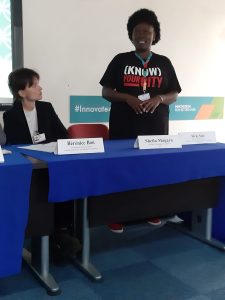
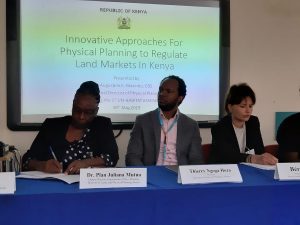
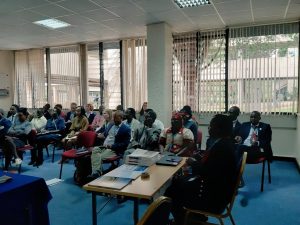
The Kenyan case study demonstrated that decentralized, local and bottom-up policy making enables the consideration of sometimes contradictory needs of people looking for access to land such places. The Rwandan case study on land reform, also provided an example of how land registration and recording can be comprehensively tackled. Participants also highlighted how further analysis on the peri-urban question is needed to establish what challenges remain, how programme maintenance can be achieved and how feasible it is to replicate some elements in other contexts.
One of the main outcomes of the side event has been that the relationship between research and operational programmes must be strengthened. The accumulation of empirical evidence about peri-urban transformation is crucial in order to develop appropriate and fit-fur-purpose tools and operational programmes for land governance in peri-urban areas. Sustained political will is an essential condition for success in handling land challenges in these hybrid (in terms of land administration and land tenure regimes) contexts. Bringing all the key stakeholders together often, remains a critical action point.
GLTN Partners Dinner
GLTN Partners attending the Assembly, came together one evening, to reflect on the value-add of GLTN in the context of sustainable urbanization.
The participants included long standing GLTN Partners Huiarou Commission, Habitat for Humanity, Slum Dwellers International, Cities Alliance, ISK, University of East London, FAO and the Housing and Land Rights Network. A number of GLTN Development Partners also attended the dinner including SIDA, SDC and Norway. Other guests included a delegation from the Government of Japan, a member of the EU and implementing Partner the Government of Zambia, Ms Charity Chinsenda-Kalombo.
Cities Alliance, Huairou Commission, the Housing and Land Coalition and SDI recognized the long-standing benefit of GLTN’s diverse network. Through this coalition of multisector partners, unique synergies are created that help bring tenure security issues to the fore and enable all stakeholders to be part of the processes and outcomes. The synergies and diverse expertise of GLTN Partners also helps build grassroots capacity such that local communities are now leading tenure security interventions in their own communities, particularly through key tools like the Social Tenure Domain Model (STDM) and the Gender Evaluation Criteria (GEC). Particular note was made by Huairou, SDI and the Representative from Zambia of the way GLTN’s work had empowered women and youth in particular.
GLTN Partners also recognized the knowledge and impact value of GLTN. Both SDI and Habitat for Humanity highlighted this component in particular. GLTN’s normative work was now well recognized and our impacts reflected many of the aspirations in the New Urban Agenda.
SDI noted that GLTN’s tools have delivered genuine change on the ground and proof of concept (the continuum of land rights) through the tools – and this was a critical contribution. This was supported by the Representative from Zambia who noted that the capacity of GLTN to influence key stakeholders from the policy and at the grassroots was evidenced in Zambia. The capacity of GLTN to help governments collect important data on land and tenure security was also noted as a major benefit of the Network’s work. This is particularly the case for local authorities who still struggle to get good local data sets.
All agreed that the Network must continue to recognize and build on its strengths and be gold to take leadership actions for improved tenure security. GLTN remains critical to the land sector and can genuinely support many stakeholders in their SDG and NUA implementation endeavors.
Social Tenure Domain Model demonstrations
The GLTN Secretariat designed and ran a booth at the UN-Habitat Assembly and each day, organized short demonstrations of the Social Tenure Domain Model (STDM). The demonstrations outlined the goals of STDM and its value in supporting sustainable urbanization through the recognition and recordation of land and property rights. The demonstrations also highlighted the track record of STDM and how it has particular value in improving the lives of those living in slums and informal settlements as well as those living in customary, post-conflict and post-disaster contexts.
The daily demonstrations culminated in a more elaborate orientation session on the tool that took place on Friday 31st May. This event was attended by over thirteen people, interested in understanding more about STDM. The participants asked many interesting questions about the model including a detailed process of its application as well as level of involvement by key stakeholders. After the event, Hasina Mushrofa from BRAC said ’This tool is very relevant in our urban resilience and land tenure programs and we hope to pilot it soon with the support of GLTN’ highlighting the value and potential that STDM and the inclusive participatory enumeration process have for many stakeholders.


